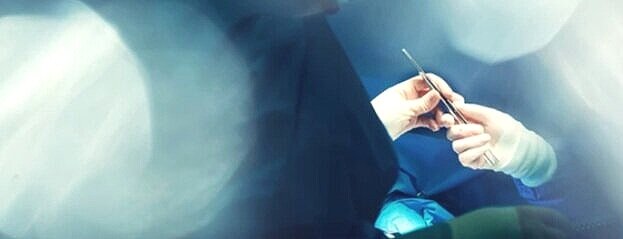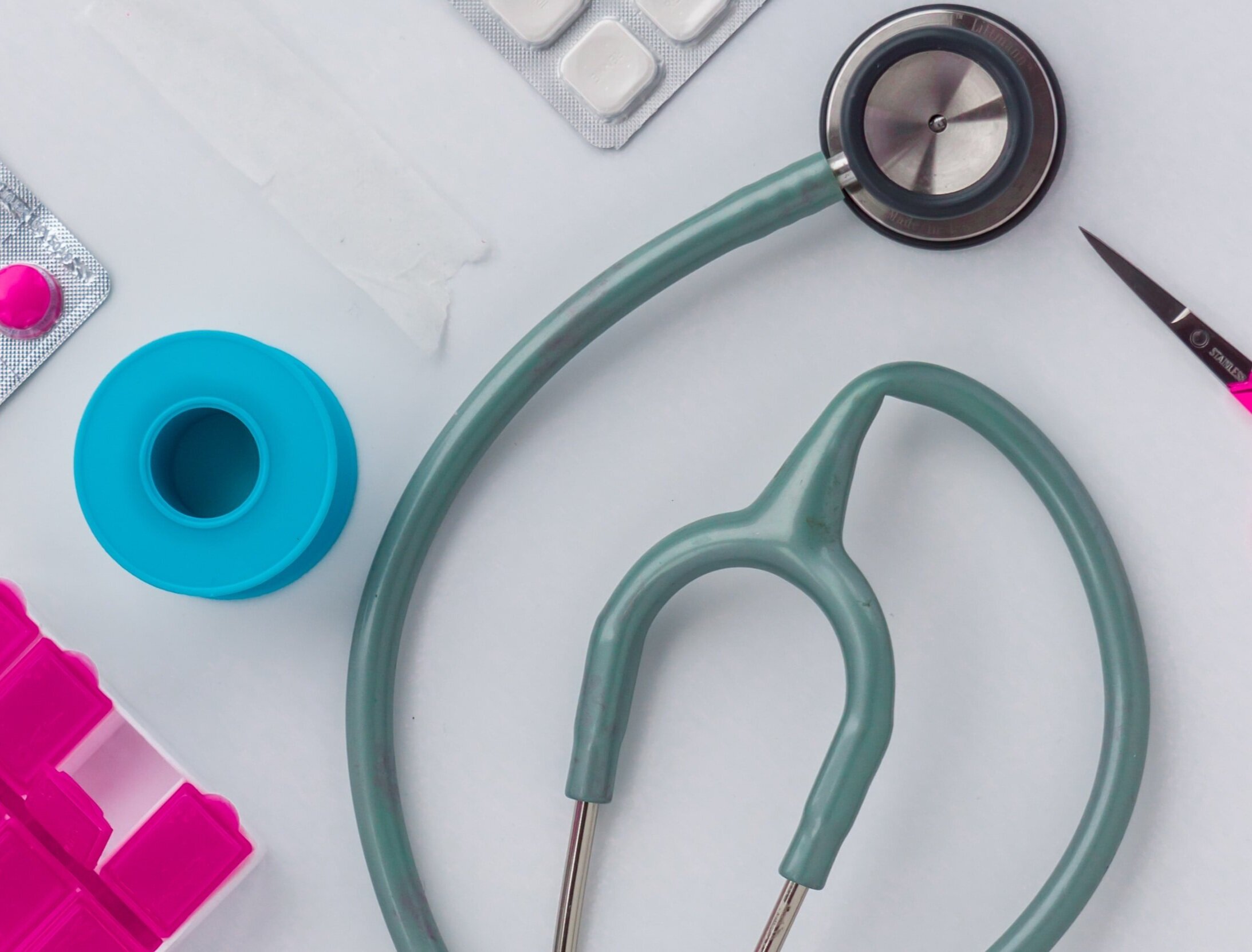
Gallstone Surgery
Gallstones that are causing symptoms require treatment.
The most common treatment for gallstones is surgical removal of the gallbladder.
This is called cholecystectomy.
How is gallstone surgery (cholecystectomy) performed?
Cholecystectomy can usually be performed with keyhole surgery. This is called laparoscopic cholecystectomy. It is performed with a thin telescopic camera (known as a laparoscope) inserted through a small incision (usually at the belly button). The abdominal cavity is inflated with harmless gas (carbon dioxide), which allows the surgeon to see what is required. Additional small incisions are made at other sites on the abdomen to allow keyhole operative instruments to be inserted into the operative space. The gallbladder is removed from its usual location under the liver. A specialized x-ray is often performed of the bile ducts (tubes connecting the gallbladder to the liver, bowel and pancreas) to look for any gallstones that may be located in them. The gallbladder is then placed in a surgical bag and removed via the belly button incision. All incisions are then closed with stitches.
If keyhole surgery cannot be performed safely (for any reason), then the gallbladder can be removed via a larger incision. This is called open cholecystectomy.
Cholecystectomy is highly effective for improving symptoms from gallstones.
Before the procedure
No specific preparation is required before gallstone surgery. However, things you can do to make the surgery more successful include:
Stop smoking for at least 4 weeks before surgery. This is recommended because smoking prevents wound healing.
Gallstone surgery is performed under general anaesthesia. You will need to have an empty stomach before any surgery, to prevent vomiting during the procedure. You will be advised how long to fast (not eat or drink) before the surgery.
If you take medications, have allergies or other medical conditions, Dr Zhu can provide individualized advice regarding this prior to the procedure.
After the procedure
Most patients are able to go home one day after gallbladder surgery.
Some discomfort is to be expected after any surgery. How much and how long this lasts depends on your personal pain sensitivity. For most people, discomfort should be minimal after 1-2 weeks. You will be provided with painkillers upon hospital discharge.
After any keyhole surgery, patients may experience shoulder discomfort. This is due to the carbon dioxide gas used during keyhole surgery. This is not harmful and will improve over 24-48 hours.
Most patients can return to (non-manual labour) work after 1 week.
To encourage optimal results, it is recommended that patients do not perform any heavy lifting (i.e. nothing more than 5kg) or strenuous exercise for 4 weeks following laparoscopic cholecystectomy.
If you have had open cholecystectomy, your hospital stay may be longer due to the larger incision size. You should avoid heavy lifting and strenuous exercise for at least 6 weeks.
Some people experience a change in their bowel habit after removal of their gallbladder. Symptoms may include abdominal bloating or diarrhoea. This often improves by itself over a few days to weeks.
Risks
Gallstone surgery is generally very safe. However, any operation has possible risks or complications.
Possible risks associated with any surgery include:
Bleeding
Infection
Blood clots. These may develop because you are under anaesthesia and do not move during the surgery time. Preventative anti-clotting medication may be administered during your hospital stay.
Possible risks of any keyhole surgery in the abdomen include:
Damage to other organs inside the abdomen
Inability to complete the operation with keyhole surgery. A larger incision may be required. This is called open surgery.
Possible risks associated with gallbladder surgery include:
Injury to the bile duct.
Injury to the blood vessels near the gallbladder.
Leakage of bile into the abdominal cavity



